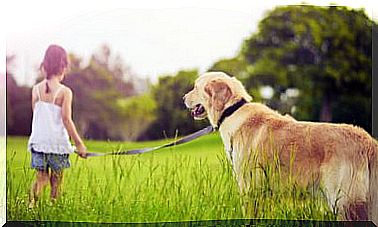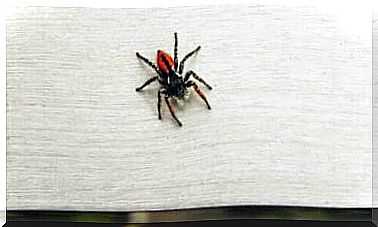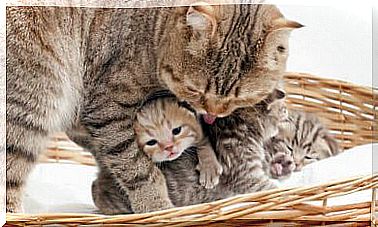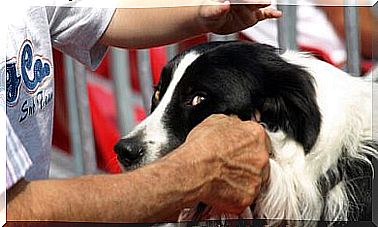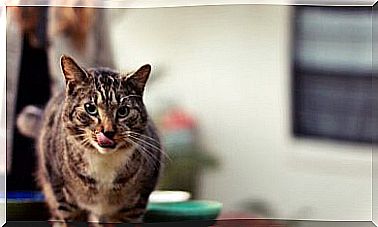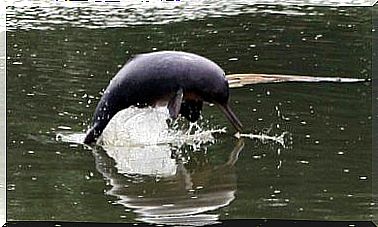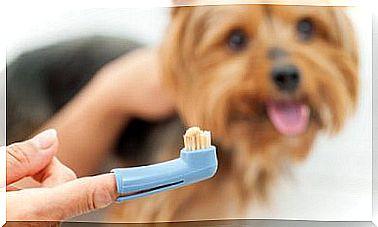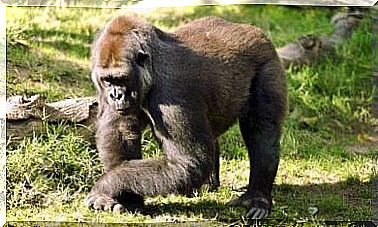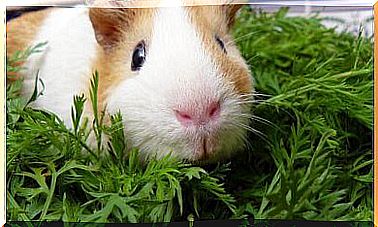Baby Food Baby Food Tips
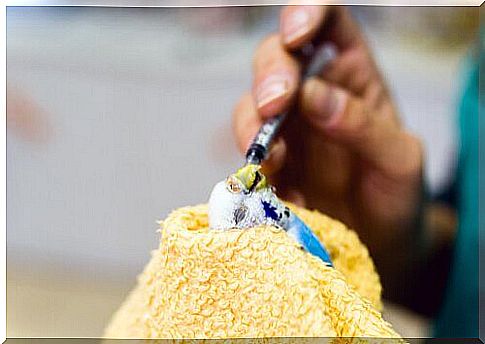
Chances are you’ve already heard that “some baby birds should be fed baby food”, and you might as well ask yourself: why? The reason is simple: in nature, parents would give them a creamy, partially digested food, similar to the porridge we feed our babies.
These birds became like this after being raised almost entirely by humans. The birds that feed on baby food are usually lovebirds raised from chicks by humans and therefore are used to living with us.
Lovebirds and the use of baby food
Lovebirds, or lovebirds, are ornamental birds that are very affectionate with all the animals that surround them.
They have a very quirky and striking singing that makes them stand out, as well as stunning feathers. Lovebirds also have the peculiarity of being very tame.
This indicates that they are the ideal winged companions for some people. In what sense? These birds can be touched, petted and even trained when properly reared.
We guarantee that there is nothing more pleasant than watching a bird eat out of your hand.
But for this to happen, there is a price: sometimes, for different reasons, puppies are separated from their parents by chance or by human action.
It is then that they become baby food birds : during their first weeks of life, as breeders, we must offer them food that is similar to what their parents would give them.
Birds that feed on baby food, such as lovebirds, require certain conditions to adopt this lifestyle.
Age is an important factor
A lovebird should never be separated from its nest at birth or just a few days later. This can cause sudden death because he doesn’t have enough defenses to fight common illnesses. The ideal is to adopt a lovebird that is between 25 and 30 days old.
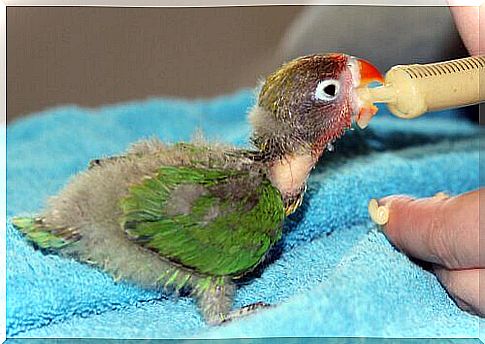
At this age, the animal will quickly get used to being fed with the syringe, in addition to showing all its love for you. If you try to adopt him later, you can train him, but the bond won’t be the same.
To quickly identify a puppy’s age, simply check its plumage. By 20 days of age, the animal will have almost completely changed the feathers that covered it when it left the egg.
Once we have our chick, we will need a new nest. For this, some opt for a shoe box full of tea towels. With this, we seek to simulate the warmth and appearance of your real nest, in addition to making it more comfortable.
If we choose this option, we must remember that it requires constant cleaning. Bird poop is corrosive and smells bad if left on too long. Other equally useful options are the use of plastic boxes or t upperwares .
When we have our new poultry house ready, it’s time to move on to the key part: the baby food. This food must be prepared with extreme care to make it ideal for our new pet.
How to prepare bird food
For birds that feed on baby food, a food compost specially made for them is needed.
There are several brands on the market that guarantee that your bird has what it needs in its first days.
The porridge must be prepared at a temperature not exceeding 40°C. In addition, the water must have been boiled or be mineral, to eliminate any bacteria that could harm our bird.
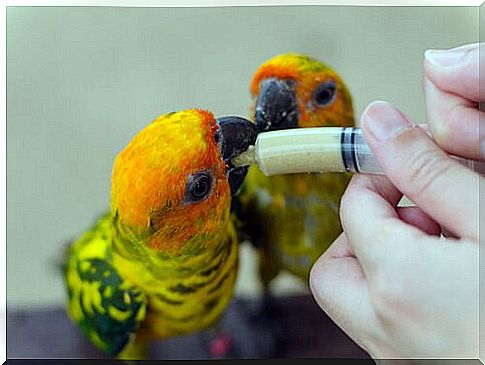
But it is not enough that the temperature is correct. The texture should also be ideal, like that of a yogurt, without the presence of lumps and other irregularities that could choke our little friend.
Once we have the mix ready, it ‘s time to use the syringe to feed him. For that, we need to be very careful not to hurt him.
The first few days are crucial for him to get used to the presence of the syringe and understand that it won’t do any harm.
To feed our bird, we must administer about 5 milliliters of baby food. At first, the animal will be scared and even want to attack us, thinking that we are going to hurt it. We don’t blame you for this and your hunger will eventually overcome your fear.
Some animals may or may not show some resistance to not being fed by the porridge. To avoid this, with the syringe, we will give him the baby food so he can try it and get used to it. We must prevent him from spitting or spilling it.
power frequency
This procedure is followed for the first 5 or 10 days, four times a day. Then it will be adjusted as the animal grows. From the 20th or 25th day, we will start “weaning” the bird.
For this, we offer you food that will later become your normal diet. He won’t like it very much, so we’ll put some porridge in it.
The intention is to get the association that both are good foods for him. Also, we should reduce the portion of porridge to just two servings a day.
Finally, with a little time, we’ll have our friend living in his cage (or better yet, out of it). However, keep in mind that this is a process that can take up to a month.
